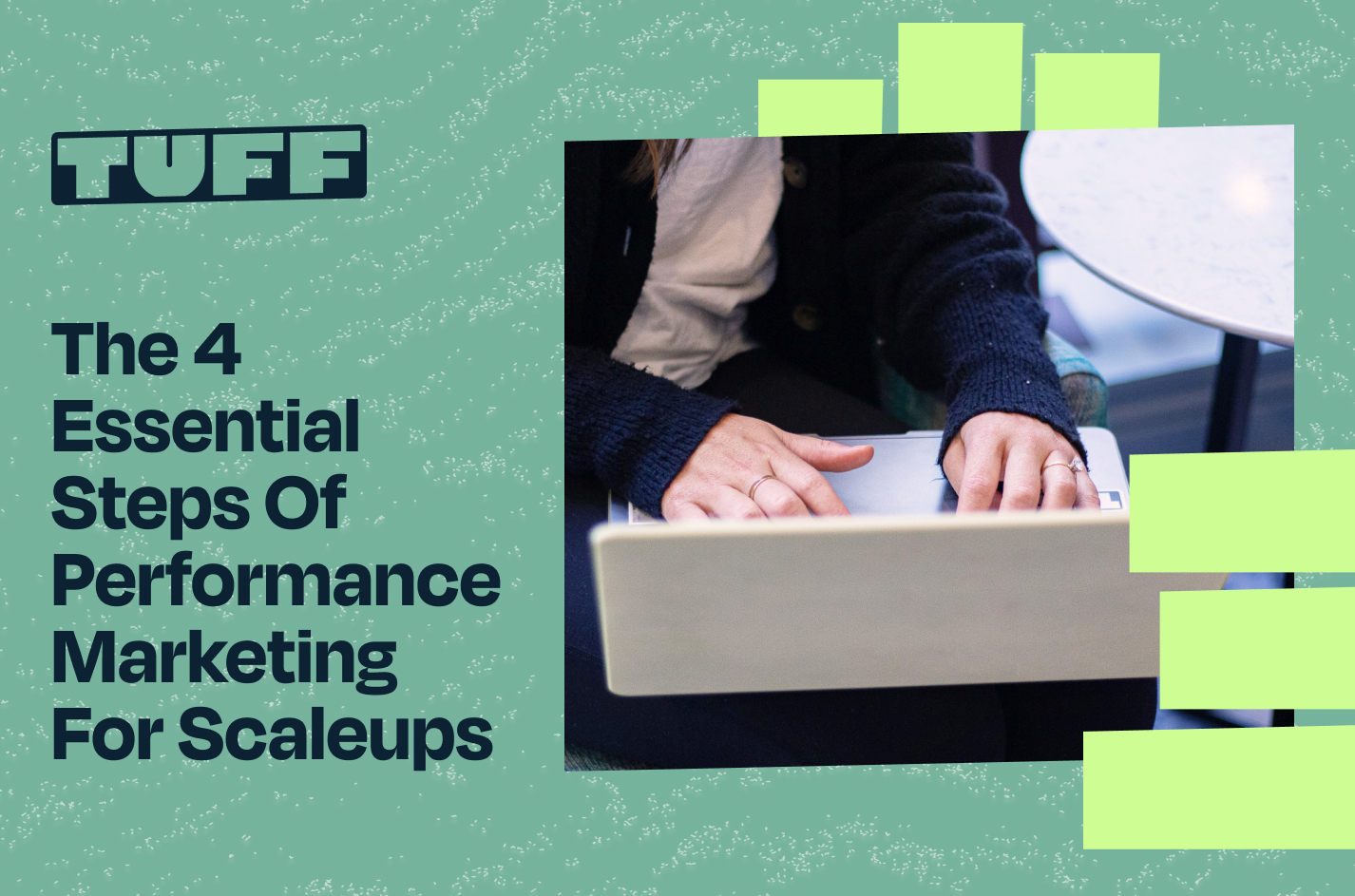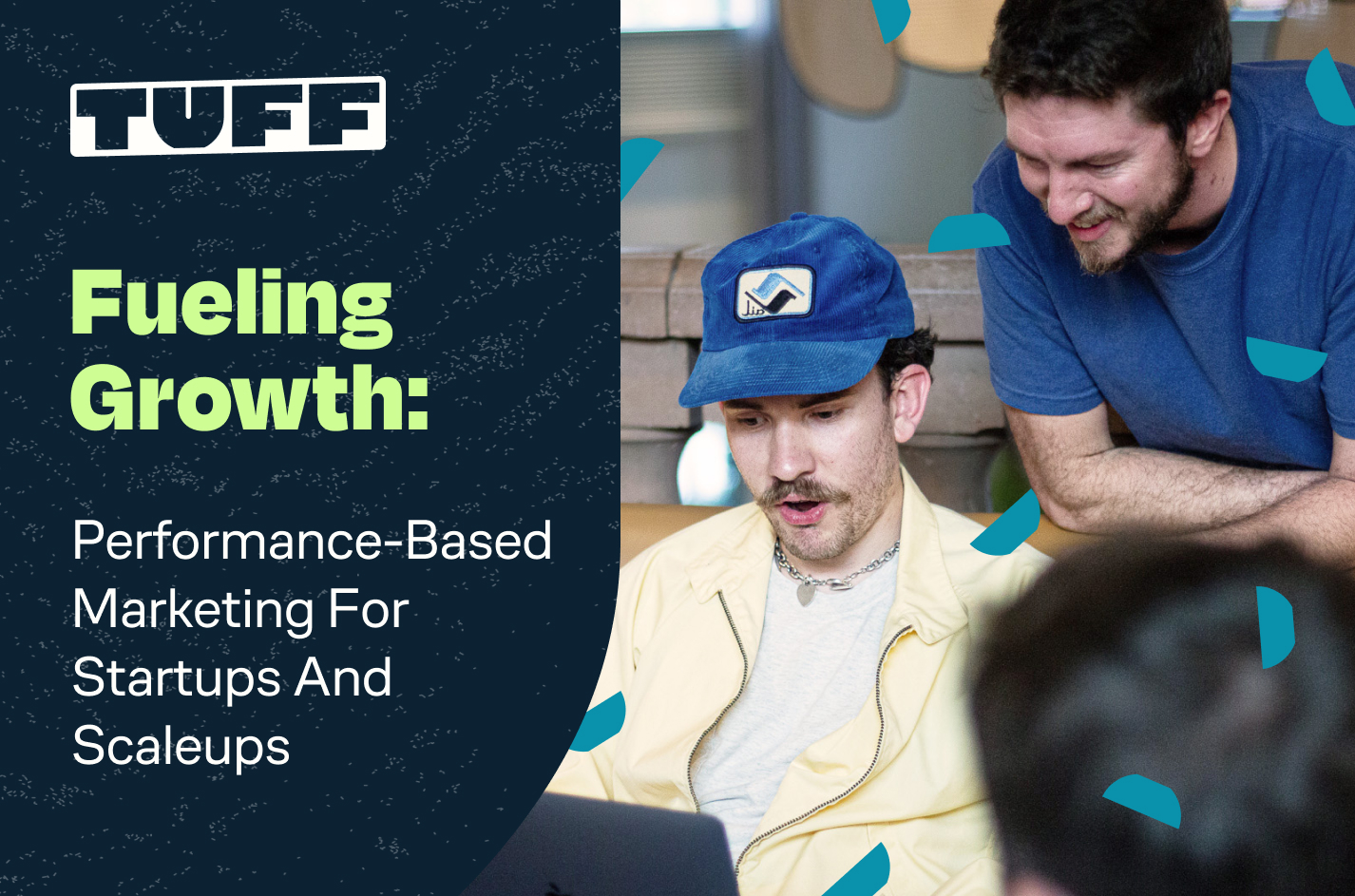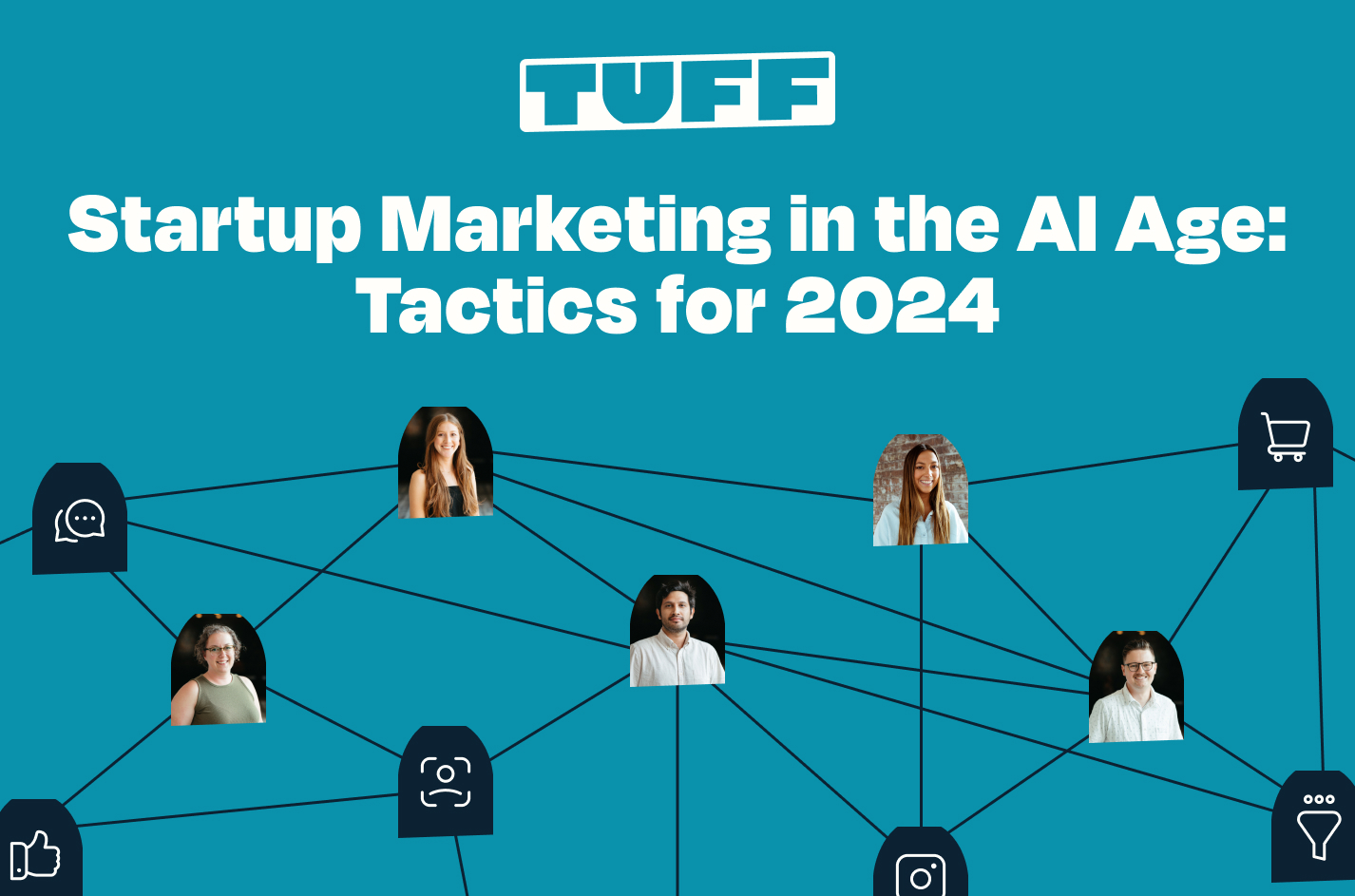The Biggest Mistake Most Businesses Make When Investing in PPC

Editor’s Note: This post has been updated with new links and examples for you to use!
What is the ROI on your PPC channels and how does it compare to your other digital marketing efforts?
If you can’t answer this question, you’re not alone.
When it comes to digital marketing, PPC is a critical piece of the client acquisition mix. Done right, it can bring you more leads, more sales, and more revenue. Done poorly, it can quickly become a big expense with minimal return.
After managing millions of dollars in ad spend, $4.4 million in 2020, to be exact, we’ve learned that one of the most critical components to account success is managing campaigns to an efficient ROI. It’s our favorite and most telling metric. Understanding ROI from your paid digital advertising campaigns means tracking leads from click to close and measuring revenue on a per-channel (or campaign) basis.
When you understand which campaigns and channels are actually generating revenue, you’ll know where you’re making or losing money and have a powerful data set to share with your fellow executives and investors.
In this post, we’ll discuss how to invest in Google, Bing, and YouTube for the long-term and learn about the unlimited opportunity to maximize your ROI.
How to identify an ROI target
When it comes to maximizing your results with PPC, the first step is to identify an ROI target. While this can be difficult to track, it’s one of the most important KPIs for your business and advertising health.
How do you determine an ROI target for your PPC efforts? Here’s how we do it:
(Sales – Marketing Cost) / Marketing Cost = ROI
So, if a PPC campaign generated $1,000 sales and the PPC campaign cost $100, then the campaign ROI is 900%.
($1000-$100) / $100 = 900%
While this doesn’t account for Lifetime Value (LTV), it’s still one of the most important metrics for you to track so you can make informed budget decisions.
How to invest in and evaluate your PPC to yield the highest ROI
Now that you’ve set an ROI target, the next step is to evaluate your performance based on ROI. It seems simple yet too often companies come to us after running PPC campaigns with uncertain feelings as to whether or not it’s working. Instead of just looking at top of the funnel metrics like reach or clicks, once you have your ROI targets, we monitor results and evaluate performance based on ROI.
The cadence of your reports should be determined on your lead-to-close time. For example, if you typically close a lead in a 7-day window, you might look to do weekly reporting. We’ve also worked with clients with longer lead-to-close times, as long as an average of 3 months. In cases like this, you might look to do quarterly evaluations.
With ROI reporting, we track the following metrics at the account level:
- Spend
- Traffic
- Sales/Leads
- Cost Per Visitor
- Sales Conversion Rate
- Cost Per Sale/Lead
- ROI
The biggest mistake most businesses make when investing in PPC
To evaluate your PPC campaigns and their true effectiveness, it is important to ensure that you are tracking your conversions properly within the PPC platform. It is also crucial to understand your conversion’s attribution window, which can be set on a conversion level within the PPC platform, and what this attribution window means. Not understanding this will lead you to measure the success of your PPC campaigns with an ill-informed understanding of how your campaigns are performing and will lead to bad optimizations and poor return.
The attribution window of a conversion is different than the lead-to-close time discussed above and specifically refers to conversions. Simply put, the attribution window is the length of time in which a click or a view (in the case of Display or YouTube) from a campaign can be credited for a conversion.
It is important to determine and set the attribution window for each conversion based on your specific business and conversion goals within the PPC platform so that you can measure your campaign’s true effectiveness.
Consider this example for Tuff partner, Joyn. In a push to register free trials to Joyn’s subscription at-home workout platform in 2021, we’ve heavily leveraged YouTube in-streams ads to gain brand awareness at a low cost.
Because we’ve optimized our YouTube ads for brand awareness metrics, like lowest cost per view, we knew that if we measured cost per sign up with a short click-through and view-through conversion attribution window, YouTube ads would look to be underperforming as rarely will a viewer click through on a brand awareness ad and sign up, especially when introducing the brand to new users for the first time.
Brand awareness ads are playing a top of the funnel, educational, and nurturing role in the customer journey. With this in mind, to measure their true impact, we determined a click-through conversion window of 1 week and a view-through conversion window of 2 weeks from awareness YouTube ad view to sign up was a fair measure of the campaign’s success.
This means that if someone views our ad and then signs up for a free trial within 2 weeks, the video ad last viewed will be credited for the conversion. Or, if someone views our ad and then clicks to the site and converts within 1 week, the last ad clicked will be credited for the conversion. Now, we can determine if these video ads played a role in influencing free trial sign ups beyond a simple last non-direct click conversion like the standard measurement within Google Analytics.
In a situation similar to this, you may elect to use view-through conversions in your total conversion calculations when determining the role your ads have played in the customer journey.
Why thinking long-term yields the greatest returns
In this blog post, we’ve talked a lot about ROI and managing your PPC accounts to an accountable ROI target. Ensuring you are understanding the true impact of your PPC campaigns and conversion tracking will set you up for long term success and more informed decision making.
While a high return is generally the key goal for your PPC efforts as a whole, optimizing for the right conversion and understanding how your campaigns play a role in the customer journey will help you get there..
From plug-in equations to determine your ROI to higher level strategy focused on customer retention, PPC is a powerful and important digital marketing tool.
Empowered with data, you can learn how to yield the highest PPC ROI for your campaigns.
We’d love to work with you.
Schedule a call with our team and we’ll analyze your marketing, product, metrics, and business. Then, present a Growth Plan with actionable strategies to find and keep more engaged customers.

Chris is a PPC Strategist based in Nashville, Tennessee. When he’s not scaling Google Ads & YouTube campaigns, he enjoys longboarding, tinkering with automation tools, and a little bit of gaming.



